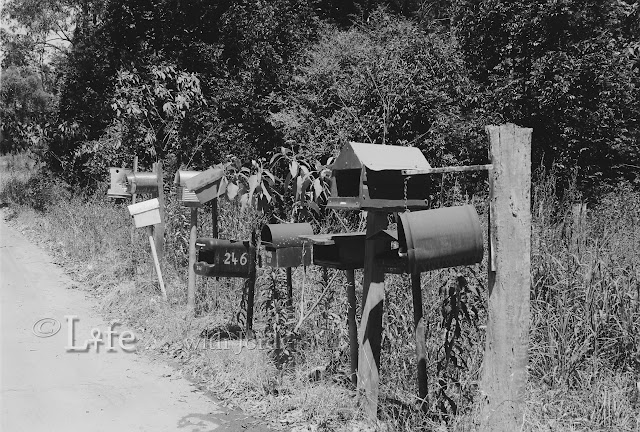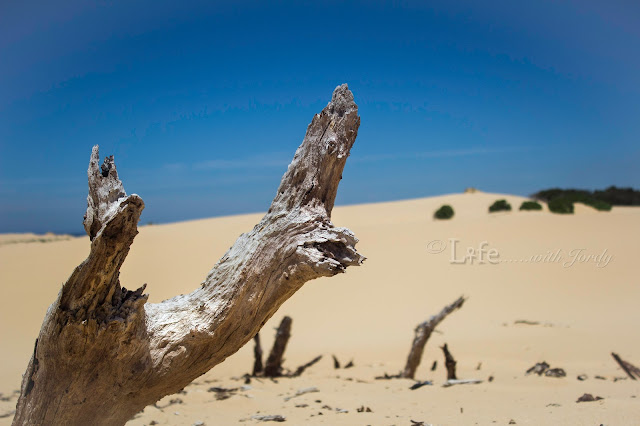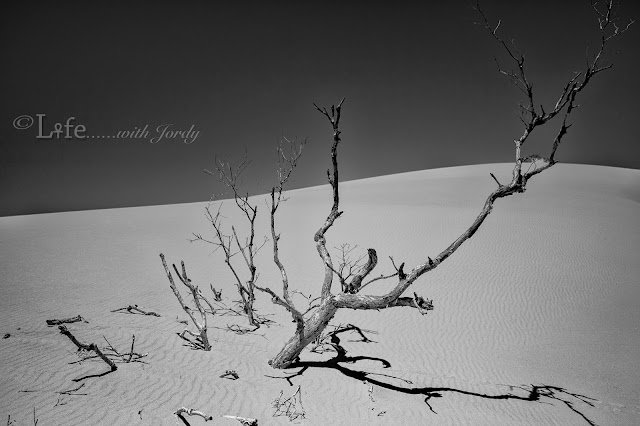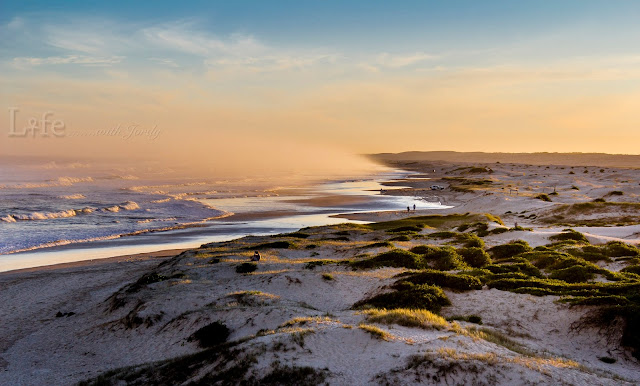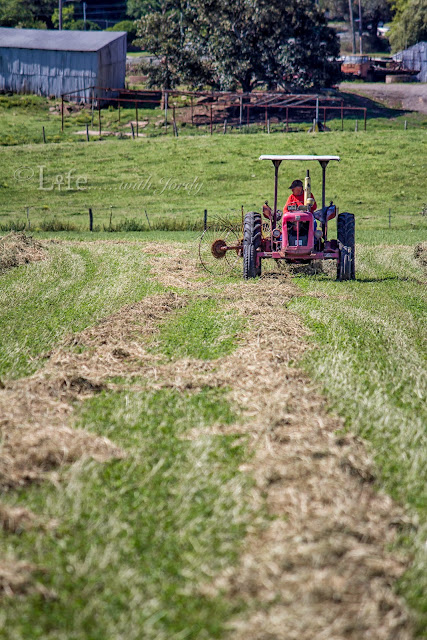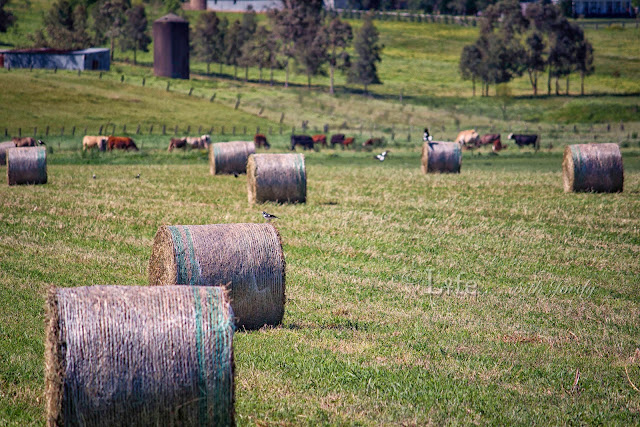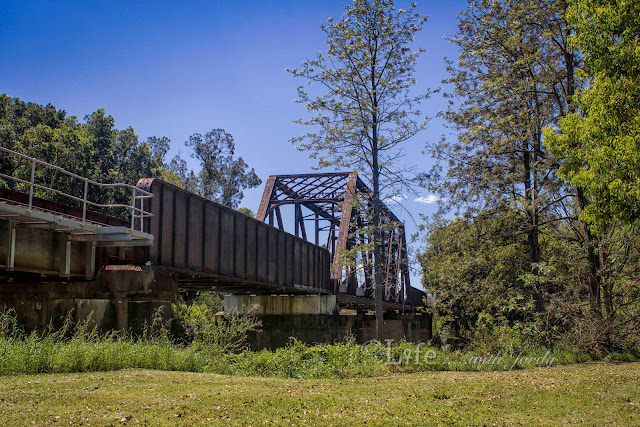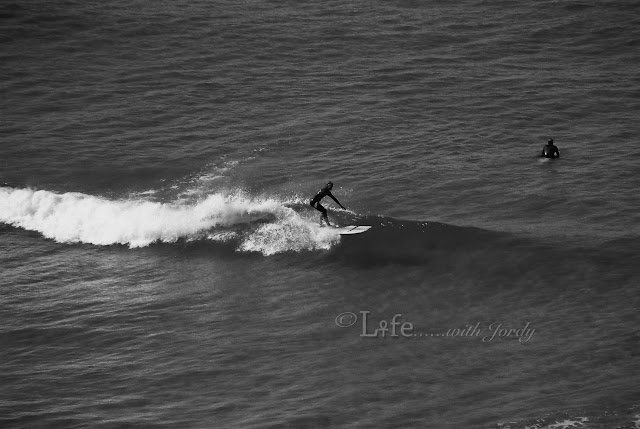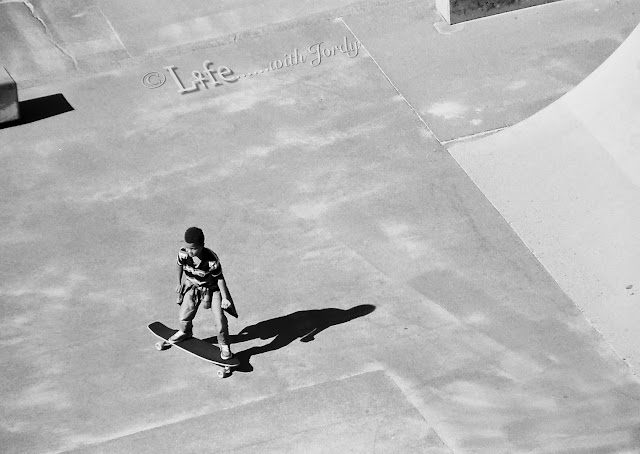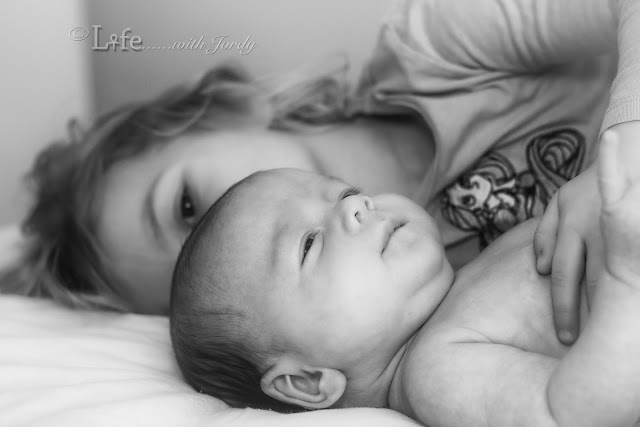I was very lucky to have been given this camera by a work colleague! He said that it had been sitting in his garage for some time and not used.
I am ALWAYS ready to welcome pre-loved film cameras into the fold. This one especially, since it used Pentax K Mount lenses, some of which I already had.
There was a film still in the camera but that wasn't going anywhere until I got the correct batteries to power it up. I was a little concerned that I may not be able to get the batteries these days. I found out that this Pentax takes a pack of 2CR5 Photo Lithium batteries which, are still readily available. The pack is 2 batteries wired together into a heat shrink type casing which fits onto the side of the camera as part of the grip. Take off the side panel, insert batteries and voila! There was an old film in the camera. It must've been at the end of the roll because no sooner had I inserted the batteries and turned the camera on then it started to beep and rewind the film.
Yes, this camera has motorised film winder. It automatically winds film on after loading, after the shutter is activated and, automatically rewinds the film back into the spool when the end of the roll is reached. The camera operates in full manual mode but there are options for Aperture and Shutter Speed priority and, Bulb. If you're feeling lazy it can also be operated at full auto mode point and shoot.
 This camera also boasts autofocus. I believe it is a 2nd generation autofocus Pentax. In the body of the camera there is a small motor that drives the focus ring on the lens via a screw thread coupler. The screw thread coupler can be found on the side of the lens mount on the camera body. The Autofocus is activated when the shutter-release button is pushed down half way (similar to all autofocus DSLRs on the market today). I think there might be a little cleaning and lubrication required for the autofocus motor and gears on this particular camera. When it worked, the autofocus motor complained loudly and the gears were grinding whilst trying to drive the focus ring of the attached lens. I wasted about half of the roll simply because whilst trying to entice the autofocus to work, the shutter release button would sneak past the halfway mark, go all the way down and, expose the frame. When the autofocus is working..... there is a green indicator in the viewfinder to indicate that the subject is in focus.
This camera also boasts autofocus. I believe it is a 2nd generation autofocus Pentax. In the body of the camera there is a small motor that drives the focus ring on the lens via a screw thread coupler. The screw thread coupler can be found on the side of the lens mount on the camera body. The Autofocus is activated when the shutter-release button is pushed down half way (similar to all autofocus DSLRs on the market today). I think there might be a little cleaning and lubrication required for the autofocus motor and gears on this particular camera. When it worked, the autofocus motor complained loudly and the gears were grinding whilst trying to drive the focus ring of the attached lens. I wasted about half of the roll simply because whilst trying to entice the autofocus to work, the shutter release button would sneak past the halfway mark, go all the way down and, expose the frame. When the autofocus is working..... there is a green indicator in the viewfinder to indicate that the subject is in focus.
Because the autofocus motor was working intermittently, I decided to use manual focus. Even in Manual Focus the small green light in the viewfinder will light up when you have manually focused correctly.
I loaded a roll of Fuji NEOPAN Acros 100 about 2-3 months ago and have just got it back from the lab last week. As I said, half of the roll was wasted because of the vagaries of the 'autofocus'. The rest of the roll turned out very nicely exposed and sharp. The lens I used was a Pentax F SMC 28mm prime f2.8 which is a very capable lens.
Anyway, here are the results (the ones that were in focus at least! hahaha)
The photos on this Blog Post and corresponding Google+ page are
© Life with Jordy Photography All Rights Reserved
and may not be used without permission.
The photos on this blog post are for sale,
contact me if you are interested.













